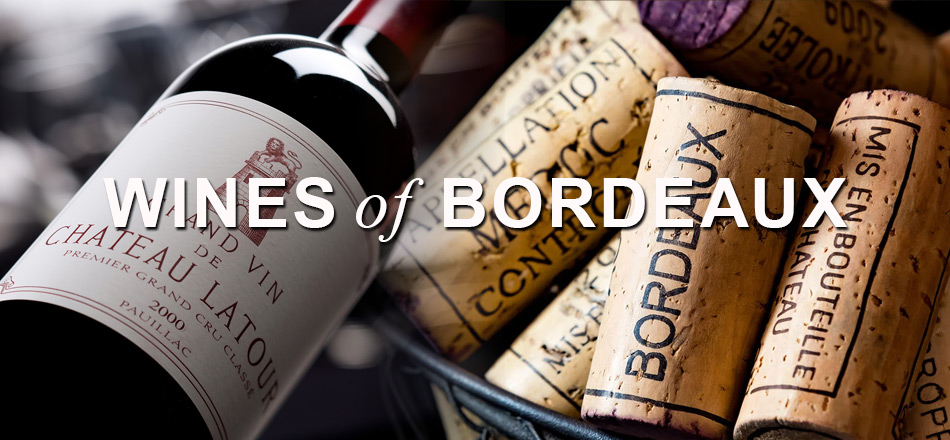
How well do you know Wines of Spain ?
The world of wine is vibrant, constantly changing and ever so interesting. Everyday wine enthusiasts can learn & share their new experiences with good food & friends. So the following ‘Wine Quiz’ is a little bit of fun and learning for all - and for those a little more competitive a personal test of your wine knowledge.
● So you think you know the difference between the ‘Left’ & ‘Right’ Banks of Bordeaux?
● Or - You think you know the year of the famous Bordeaux wine classification?
Take this short Wines of Bordeaux Quiz & find out.